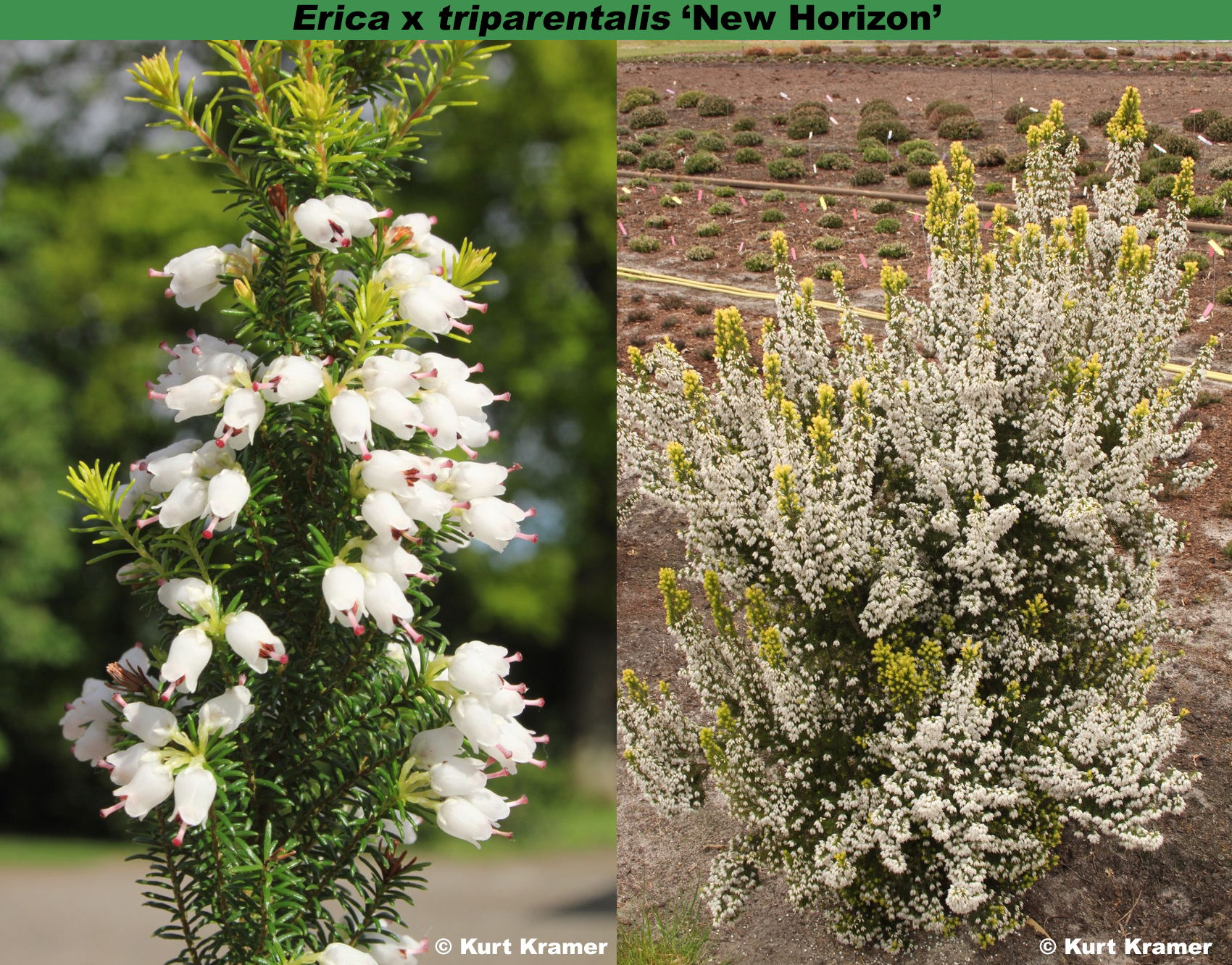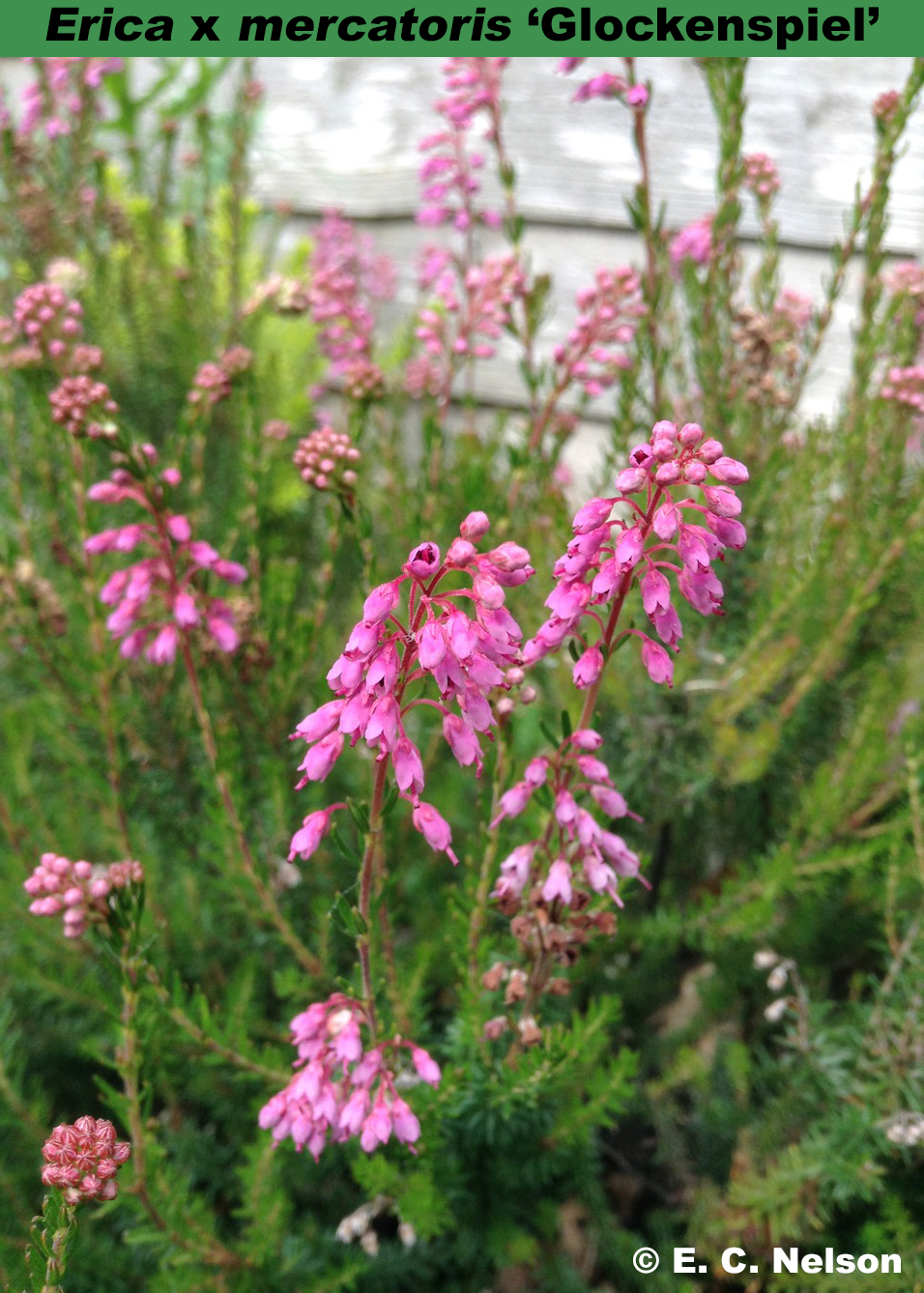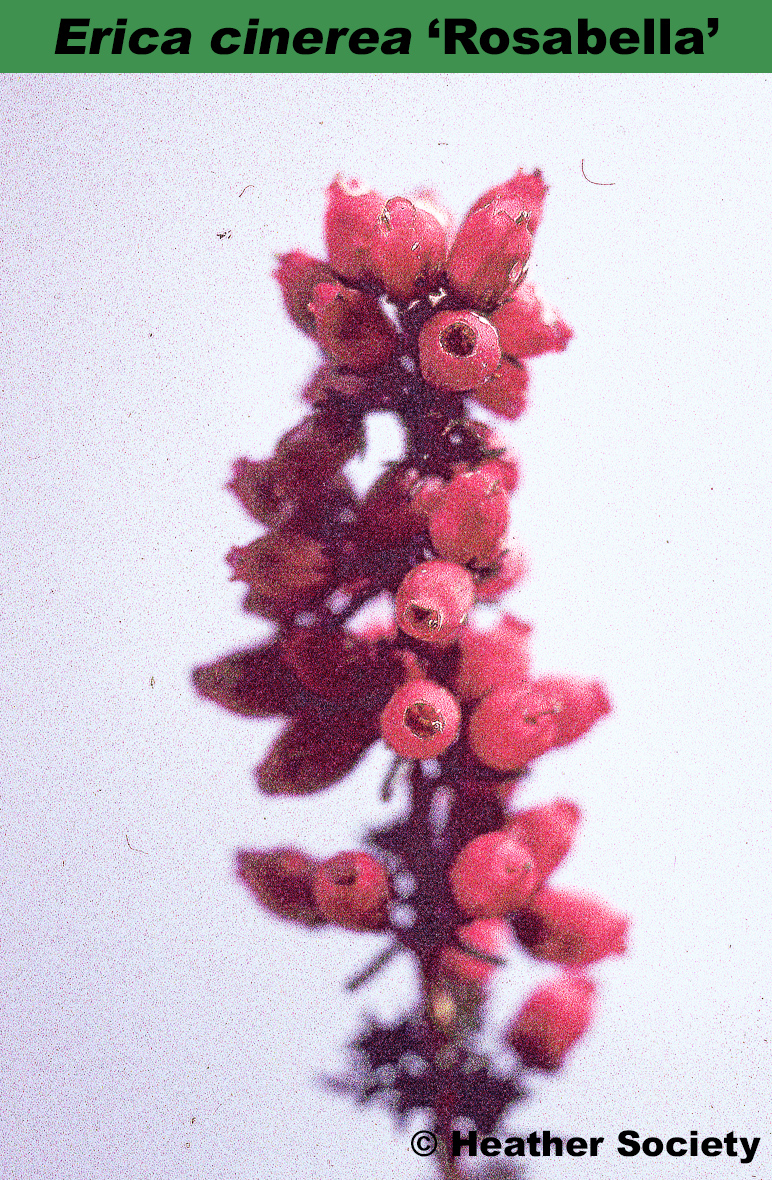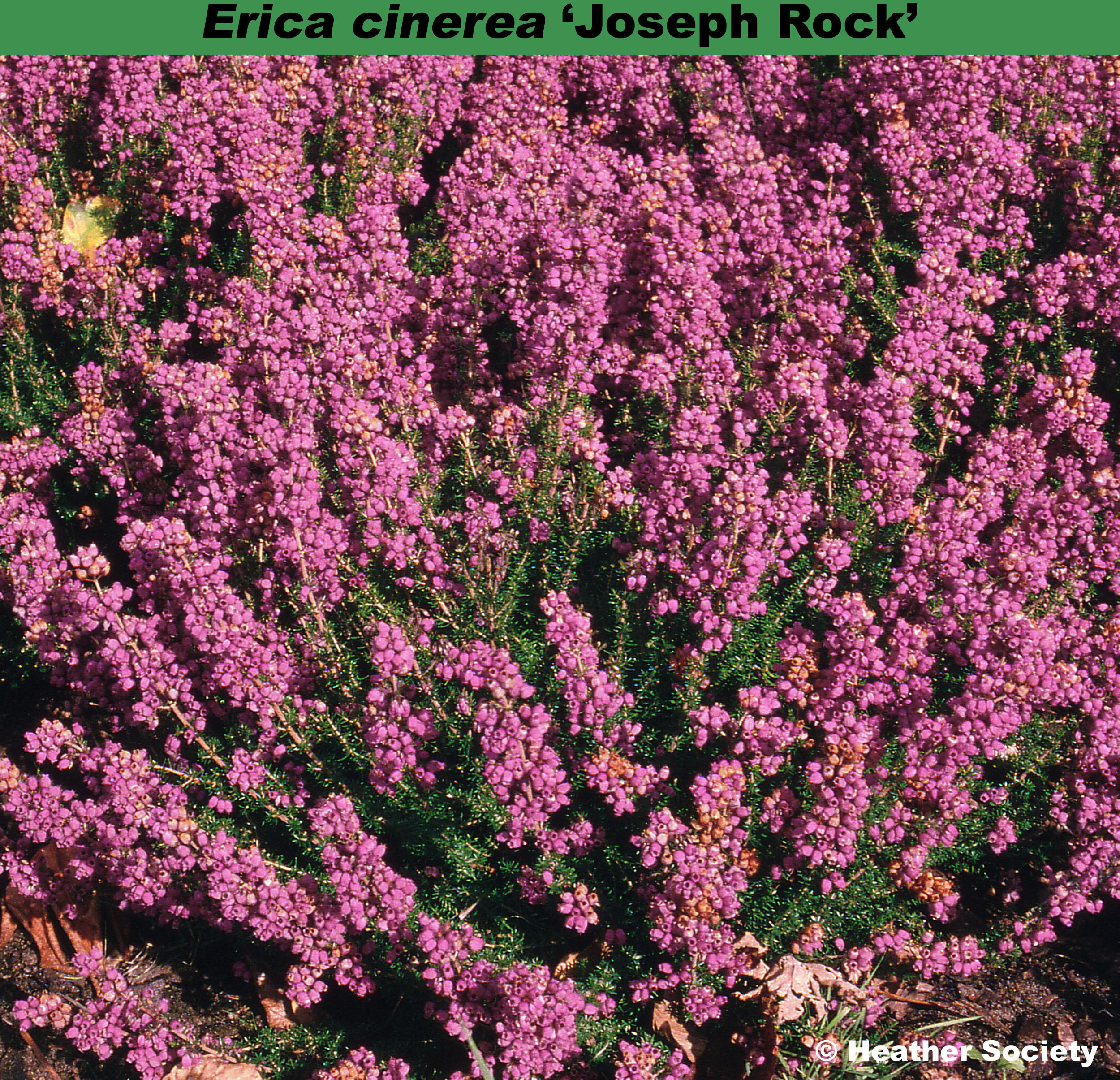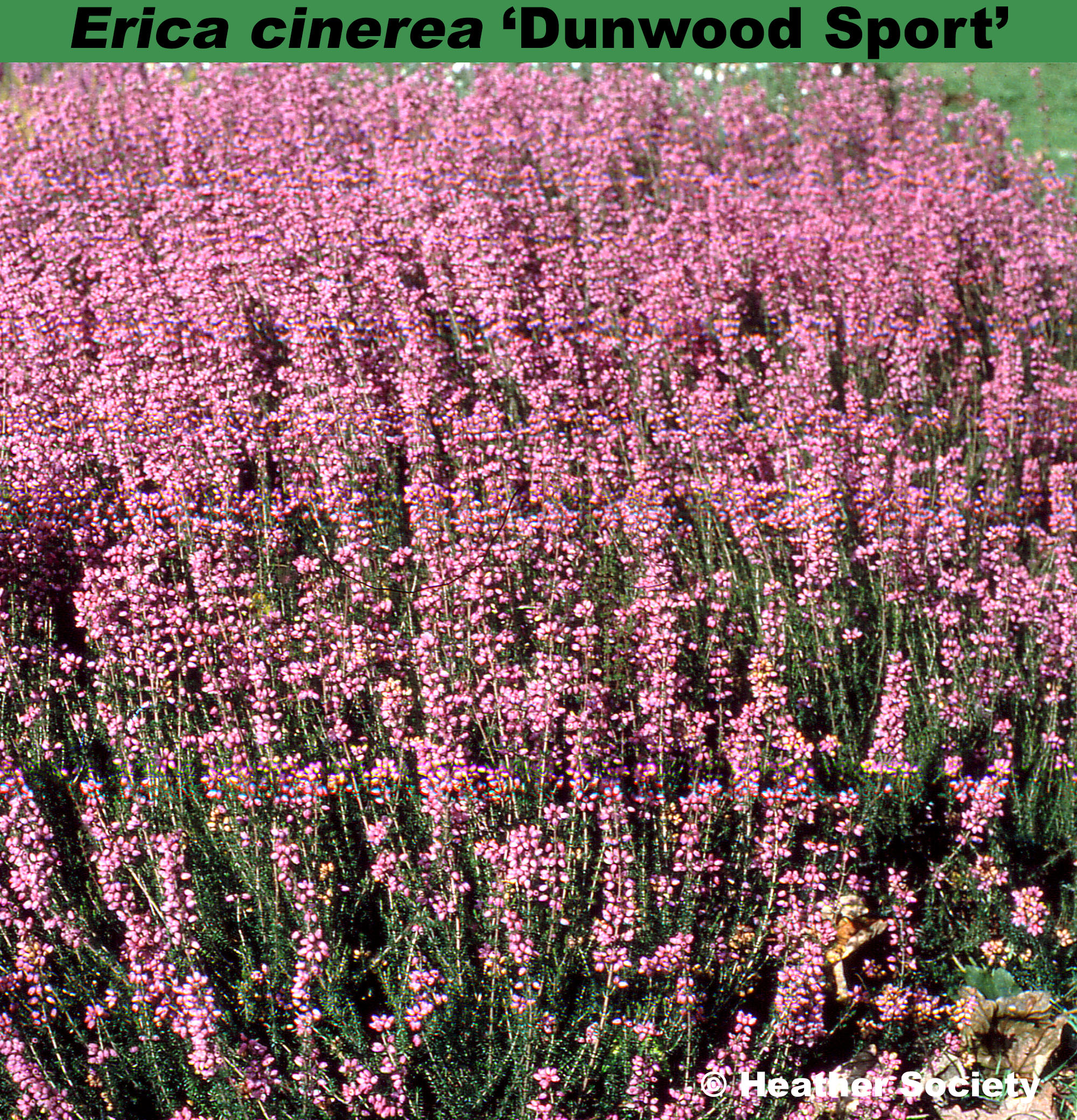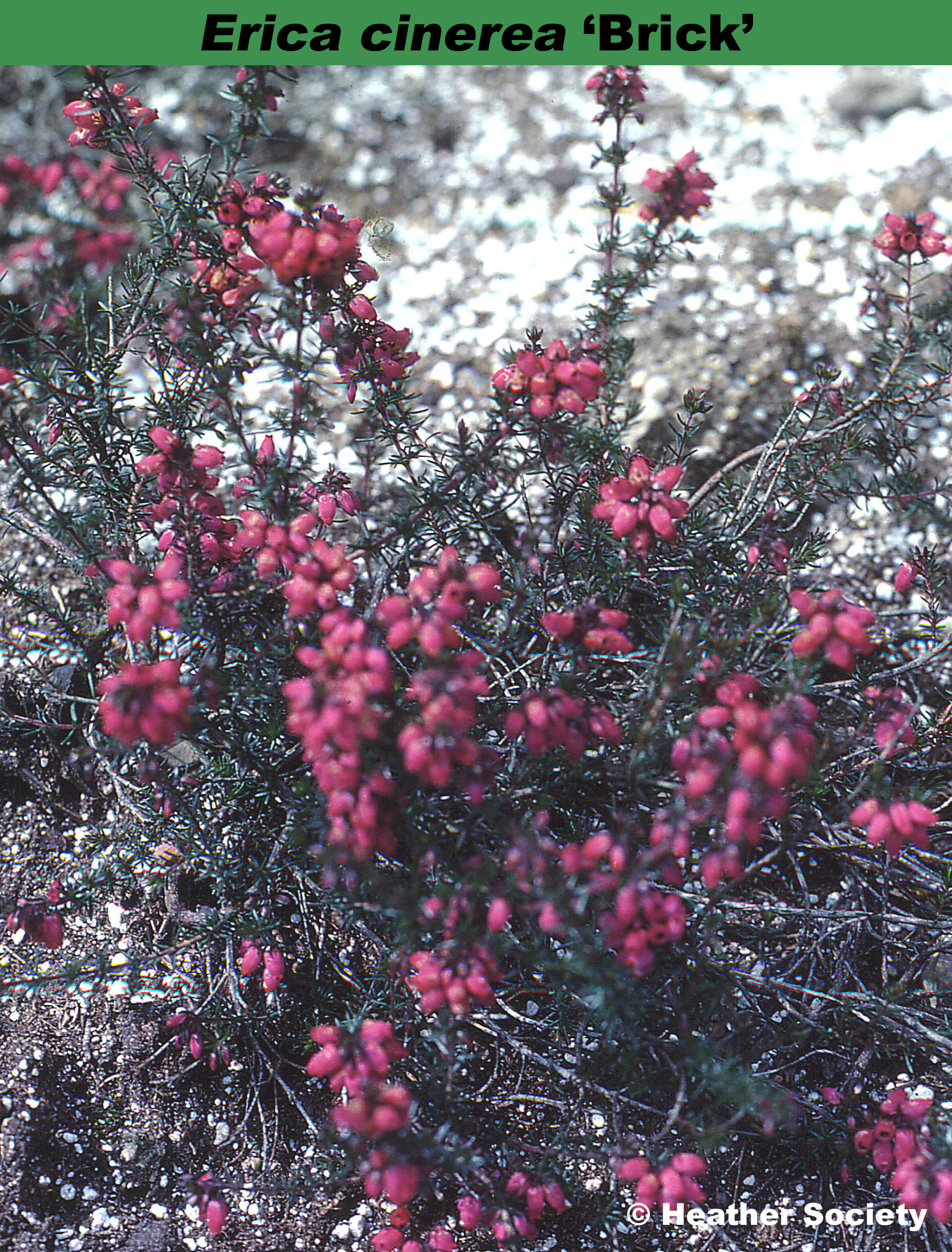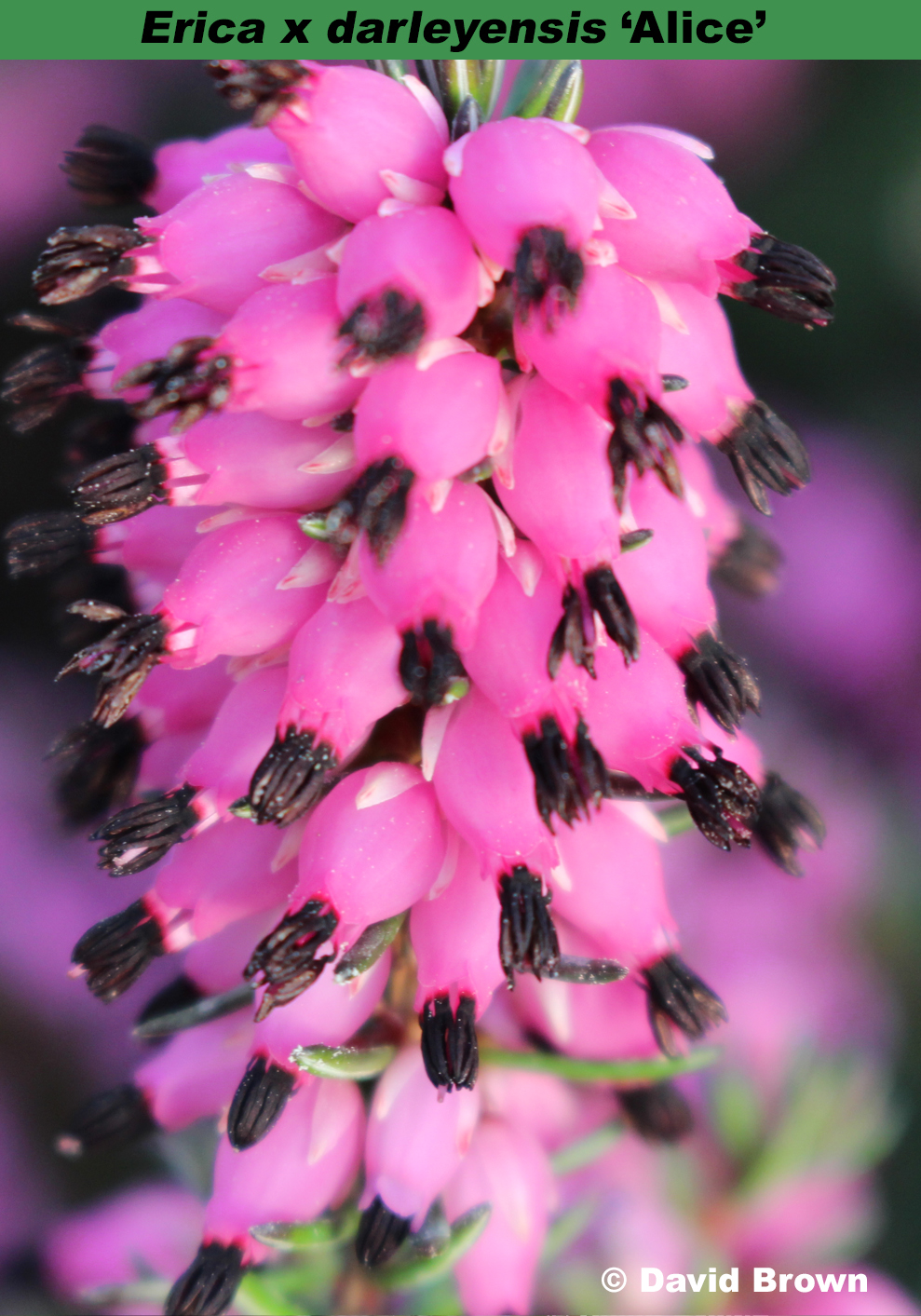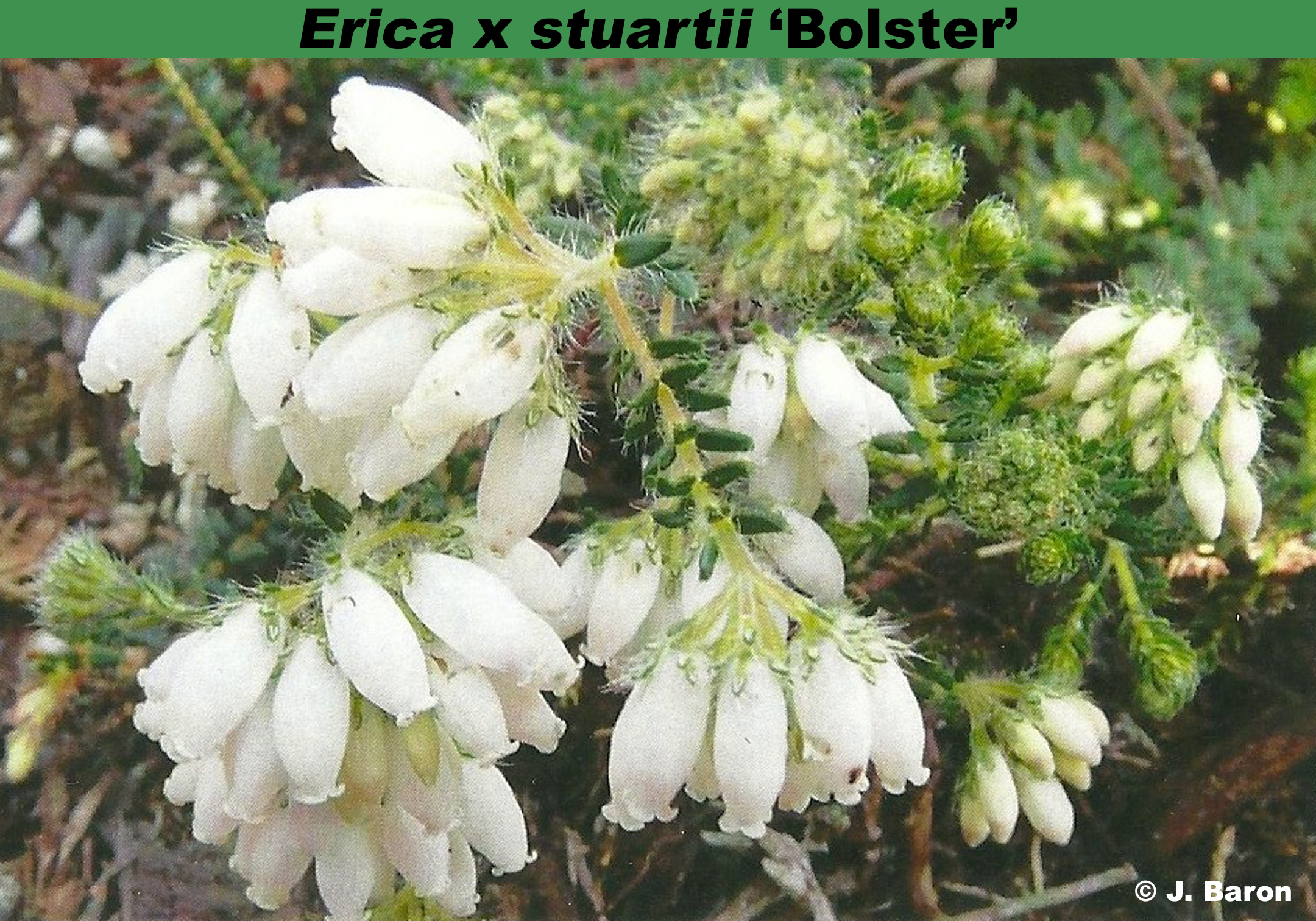Relatively large, scented white flowers; the red-tinged ovary is densely hirsute, as are the spurs of the anthers which yield pollen; IV-V; The young shoots are discoloured, appearing bright yellow-green.
On 20 March 2011, Kurt Kramer pollinated a putative tetraploid clone of Erica × veitchii with pollen from several different (both white- and lilac-flowered) putative tetraploid clones of Erica australis. About 50 seedlings were raised and after growing on for several years, the 15 best clones were retained for further trial. These were grown outside in Kramer’s nursery at Edewecht, Niedersachsen (Lower Saxony), in northwestern Germany. In 2017, 13 of the clones were still growing, having survived temperatures as low as -13°C (January 2016). Only clone 8 was selected for further propagation, distribution and naming by Kurt Kramer.
Named ‘New Horizon’ because Kurt Kramer sees this clone and his breeding work as the foundation of new breeding efforts in Erica combining three different species
® E.2017:01 registered on 20 June 2017 by Kurt Kramer, Edewecht, Germany.

